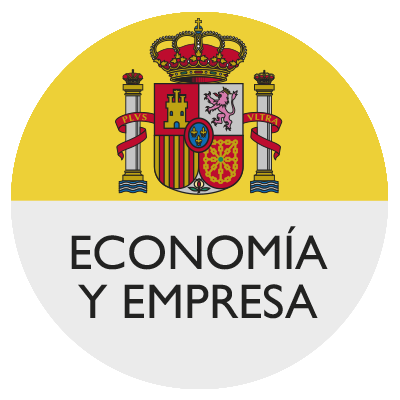Sex conflict and separation: effects of herkogamy on the reproductive system of hermaphroditic plants

Spanish National Plan for R+D+i. (CGL2013-4503-P) PI: J. Arroyo. 2014 -2017.
Summary:
Spatial separation between male and female organs
commonly occurs in hermaphroditic flowers in angiosperms. This variation
has been interpreted as a mechanism to avoid self-pollination as well as
reducing the sexual interference between the male and the female
function within flowers. Separation of sex organs, however, can bear
high reproductive costs. This is essentially due to the lack of
precision in pollination, which results in a reduction of the efficiency
of pollen transfer and wastage of gametes. Natural selection has
provided with several alternatives to this conflict, and these are
function of the specific ecological and evolutionary context of plant
species. In this project, these solutions will be studied at micro and
macroevolutionary level, using different plant systems. Specifically,
the following solutions will be assessed: (i) the relationship between
an increase in style length and herkogamy in the evolution of
angiosperms. In some groups, placing sex organs reciprocally in discrete
morphs (heterostyly) solves the conflict; (ii) it will be assessed
whether approach herkogamy is the ancestral condition in angiosperms,
and specific analysis will be planned in Narcissus. At microevolutioary
and ecological levels, the significance of the reciprocal placement
between anthers and stigmas will be assessed to establish whether it
favours pollen transfer between different morphs, using Narcissus and
Linum species. (iii) Side monomorphic hercogamy will be also assessed as
another solution to this conflict, using Centaurium in a
macroevulutionary context. Finally, a test on the level of maladaptation
in herkogamy will be conducted in two different and opposite frameworks:
(iv) the loss of herkogamy as a mechanism to achieve reproductive
assurance in species colonizing new habitats (e.g. populations of Datura
stramonium) and, (v) separation of sexes in flowers and individual
plants (transition from distyly to dioecy) linked to the colonization of
islands and stressful environments (Erythroxylon lineages).